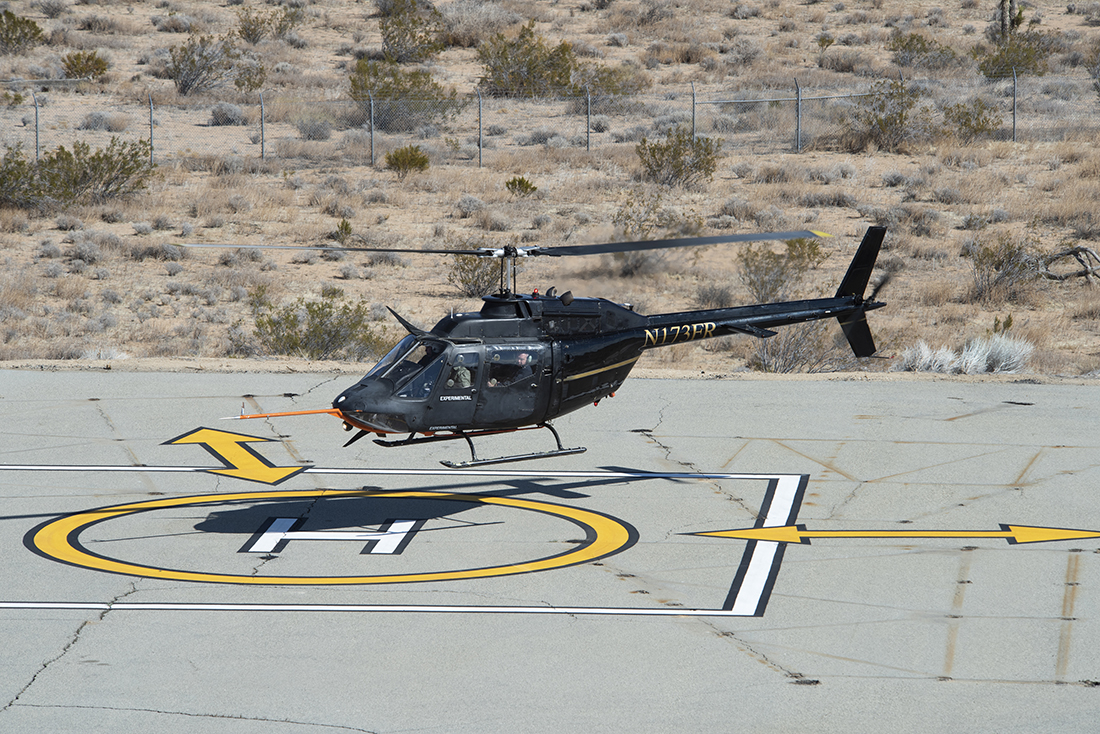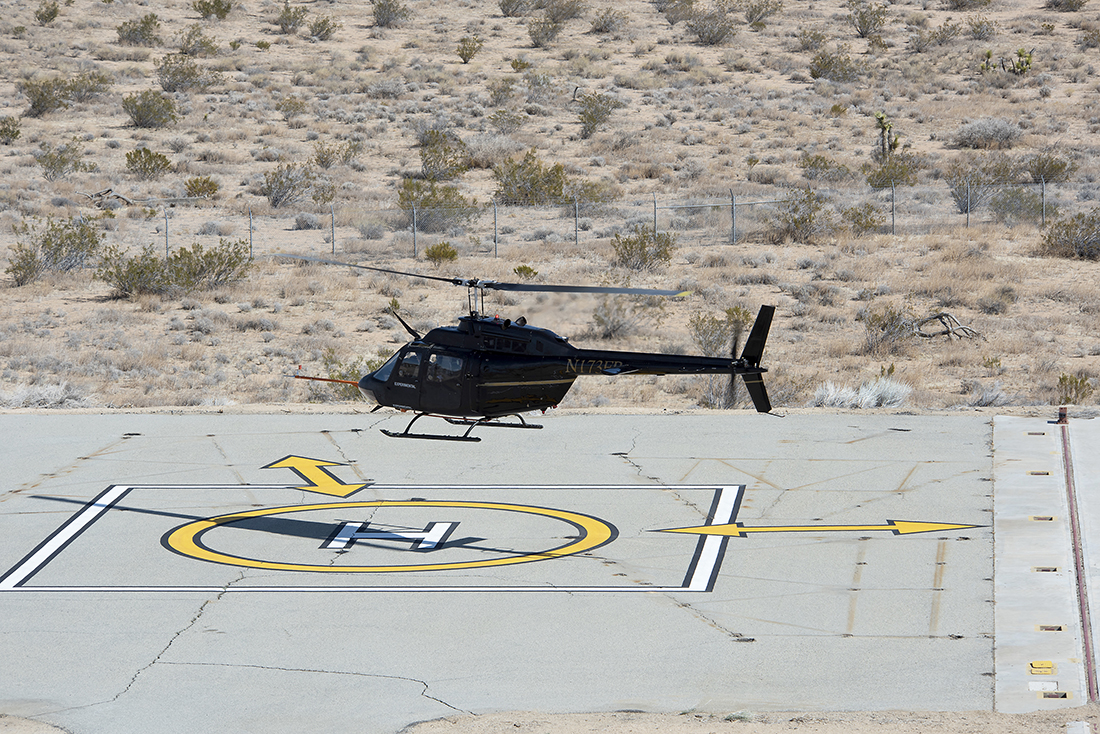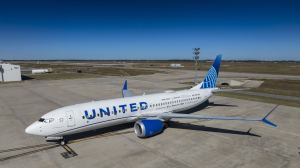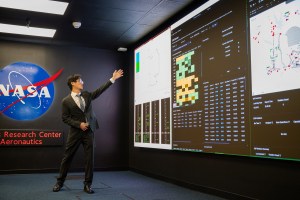An Integrated Dry Run test using a helicopter for NASA’s Advanced Air Mobility (AAM) National Campaign has ended and the project is now preparing for flight tests with Joby Aviation’s air taxi vehicle.
The first round, or build one of the NC Integrated Dry Run tests, was completed in early December and this second round, or build two, lasted from March 6-20 at NASA’s Armstrong Flight Research Center in Edwards, California.
During build two tests, a Bell OH-58C Kiowa helicopter, provided by Flight Research Inc. in Mojave, California, acted as a representative urban air mobility (UAM) vehicle. Test pilots evaluated several viable UAM flight profiles with the helicopter. The goal was to understand how a future UAM vehicle will need to operate in a congested urban environment.

Data collection focused on basic vehicle characteristics and specific study areas. Included were simulated instrument flight rule approaches to heliports and vertiports, terminal area hover tasks, diverting in the case of flight changes, avoiding buildings, and other flight maneuvers under various wind conditions.
UAM vehicles as air taxis represent one of several operational uses AAM is researching. These vehicles will use advanced design features, which are intended to enable widespread vertical flight capability in and around urban areas.
“By using a helicopter as a surrogate air taxi vehicle, we were able to exercise our data collection systems, scenarios, and test techniques,” said Shivanjli Sharma, deputy lead for the National Campaign. “This will inform gaps in policy and standards to enable certification and operation of a wide range of UAM vehicles in the national airspace.”
Alongside the flight testing, data was collected by the ATM-X team from NASA’s Ames Research Center in California’s Silicon Valley. This includes real-time automatic dependent surveillance-broadcast inputs to represent a future third-party airspace provider, a GPS system and other flight instrumentation that could be onboard a future vehicle.
This collection of flight tests will provide a baseline set of data needed to support evolutions in vehicle, infrastructure, and airspace requirements that will enable the integration of UAM vehicles into the national airspace system.

“This round of flight tests gave the team an opportunity to assess various techniques that are designed to optimize UAM operations in urban terrain,” said Scott Glaser, senior vice president of operations for Flight Research Inc. “This project is leading the way to defining requirements to safely and efficiently support expected high-density traffic on a national or global scale.”
Next steps include analyzing the data collected in collaboration with the Federal Aviation Administration. This partnership and initial data will be used to build the next steps of the National Campaign.
“The results of these tests are expected to form a cornerstone for subsequent flight and simulator research that will provide valuable data to industry, FAA civil aircraft certification, and NASA,” said Dave Webber, FAA research flight test engineer and vehicle characteristics principal investigator for this project.
The team is now preparing to conduct flight tests with Joby’s air taxi in the developmental testing phase of the National Campaign. This phase will include activities to prepare for NC-1 in 2022, such as designing flight scenarios for the NC-1 participants to fly, testing acoustics, and exercising range deployment and data collection protocols across operational safety use cases.
Author: Teresa Whiting































